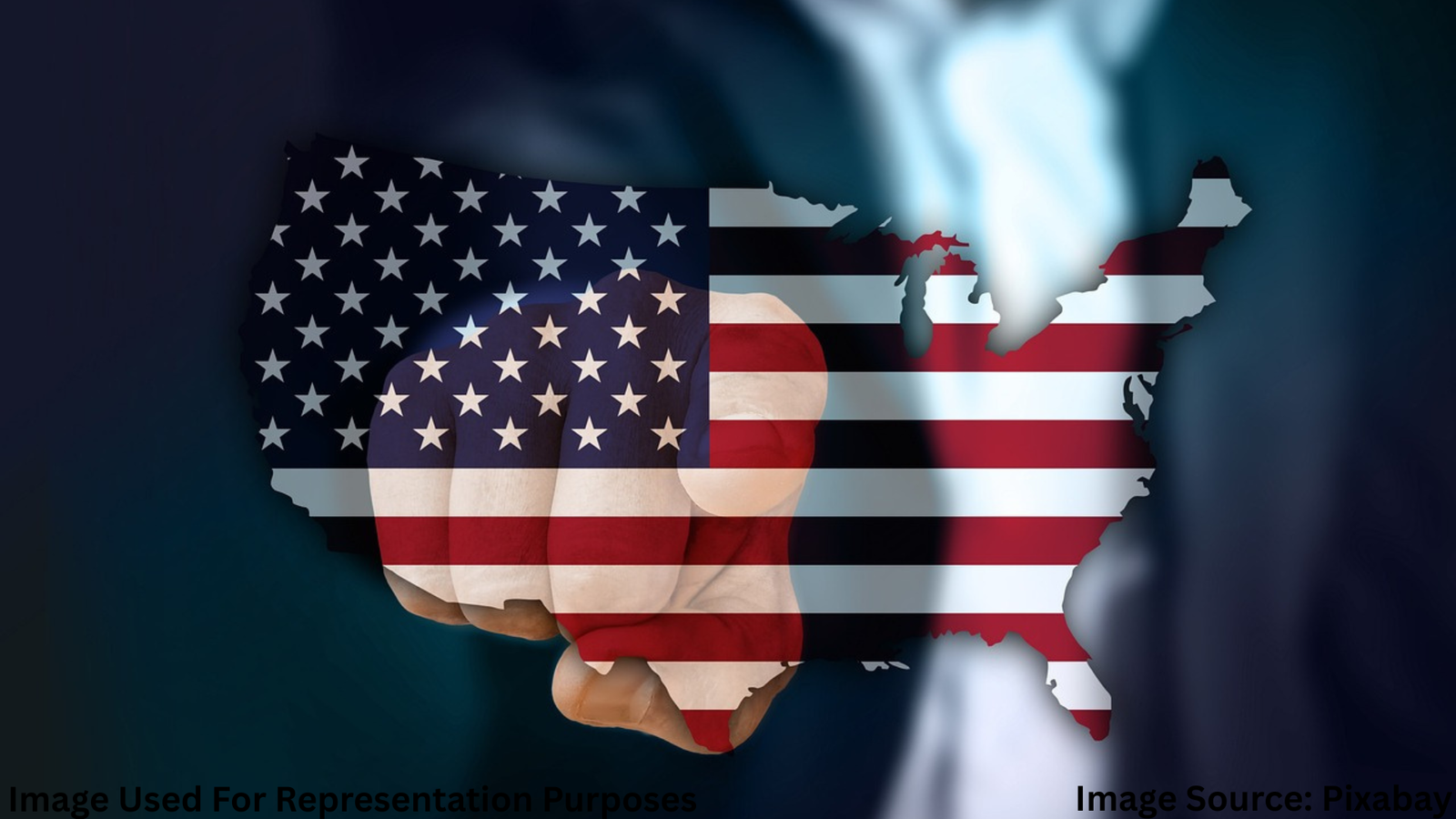
Trump’s Trade Push Faces Global Reality in China Showdown
The belief that Trump aims to challenge China in the arena of global trade has been a defining feature of his political message. It’s a vision built on reclaiming manufacturing, rewriting trade rules, and putting American producers first. But as events unfold, the reality is more tangled than the rally speeches suggest.
The Opening Gambit
When Trump first rolled out his hardline trade stance, it wasn’t just about tariffs — it was about rewriting the rules of engagement. From soybeans in Iowa to smartphones in Silicon Valley, his aim was to shake loose the U.S. dependence on Chinese goods. The idea was straightforward: make it less profitable to rely on Beijing, and companies will look elsewhere.
Unexpected Consequences in Agriculture
One of the earliest battlegrounds was U.S. agriculture. China responded to tariffs by targeting American farmers, cutting imports of corn, soybeans, and pork. For families who had shipped grain to Chinese ports for decades, the change was devastating. Some farmers sold land; others took on debt to keep machinery running. While federal aid softened the blow, the emotional and financial toll was heavy.
The Tech Industry’s Bind
Technology manufacturers found themselves caught between cost pressures and security concerns. For a California-based drone startup, the decision to avoid Chinese components meant re-engineering their entire supply chain. It took 14 months, two new supplier contracts, and a 22% increase in production costs. While the company now markets itself as “China-free,” it admits margins are tighter than ever.
Energy and Resource Links
Energy policy was another unexpected intersection. Many solar panel installations in the U.S. rely on components made in China. When tariffs hit, project costs climbed, slowing adoption rates. On the flip side, domestic producers saw new opportunities — but building capacity fast enough to meet demand proved nearly impossible.
China’s Strategic Endurance
While Washington worked to build alternative supply lines, Beijing deepened ties with other economies. Trade with nations in Africa, Southeast Asia, and the Middle East expanded. China’s Belt and Road investments meant new markets were waiting when U.S. doors began to close. The strategy kept its factories busy and its shipping routes active.
Voices from the Ground
In Detroit, an auto parts manufacturer described the policy shift as “both a headache and a lifeline.” Orders from U.S. automakers increased as they sought non-Chinese parts, but the scramble for raw materials meant prices were volatile. “We’re busier than ever,” the CEO said, “but one bad month in steel prices can erase the gains.”
The Political Layer
Trump’s approach wasn’t just economic — it was political theater. By framing China as the key competitor, he tapped into concerns about lost jobs, intellectual property theft, and national security. This framing resonated with voters, even as businesses struggled with the transition.
Global Trade Web
Here’s the paradox: global trade is a web, not a chain. Cutting out one link doesn’t mean independence; it often means re-routing through another country that still sources from China. A laptop assembled in Mexico may still carry Chinese chips; a shirt stitched in Bangladesh might use Chinese fabric. The connections run deep.
Long-Term Outlook
For Trump’s vision to succeed, the U.S. would need to build redundant supply systems — domestic and allied — that can match China’s efficiency. That means investment, patience, and a willingness from both government and business to share short-term costs for long-term gain. Without that, China’s role in global trade will remain resilient.
Final Reflection
The story of Trump aims to challenge China is not just one of policy decisions, but of how those choices ripple across farms, factories, and households. The contest is as much about persistence as it is about strategy, and for now, the global marketplace remains a battlefield where neither side can fully claim victory.

Akalumhe Jefferson is a content writer with a new found interest for crafting engaging stories that transport readers to new worlds. Although no current actual background in creative writing but there’s active love for writing



